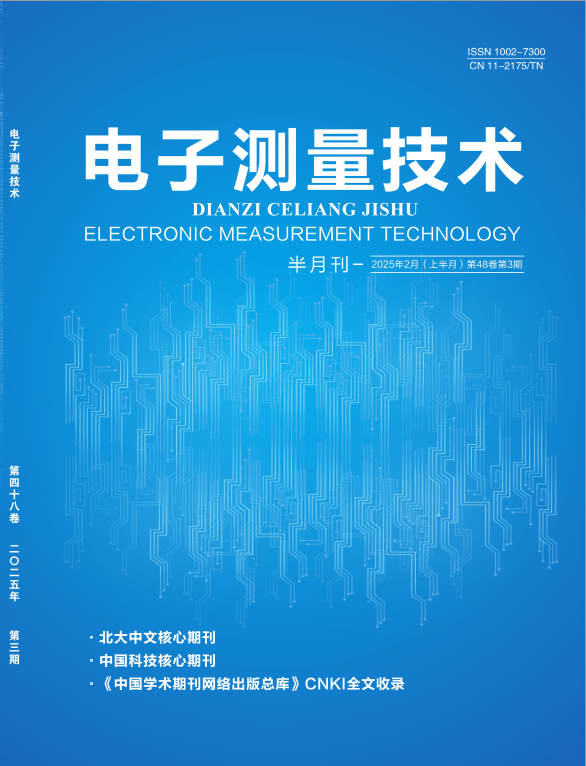2023, 46(12):163-171.
Abstract:The classification and segmentation of 3D laser point cloud have a positive role in promoting the development of 3D reconstruction and automatic driving technology. The 3D laser point cloud data has the characteristics of disorder, irregularity, and sparsity, so the research of 3D laser point cloud classification and segmentation faces many challenges. The point cloud transformer (PCT) classification network uses the scalar attention mechanism to extract the local features of 3D laser point clouds. It has a good 3D laser point cloud feature learning ability and shows advanced classification accuracy in 3D laser point cloud classification and segmentation tasks. However, when PCT downsamples the 3D laser point cloud data, it ignores the influence of its sparsity on the geometric structure, so it cannot fully extract the local features, resulting in the degradation of the classification and segmentation accuracy of the 3D laser point cloud. To solve this problem, this paper proposes a three-dimensional laser point cloud classification and segmentation network GAM-PCT based on the attention mechanism. Specifically, the GAM-PCT network uses the vector attention mechanism to adjust the weight of the single channel features and uses the subtraction relationship and neighborhood location coding to obtain the attention features of the three-dimensional laser point cloud neighborhood, At the same time, a plug and play geometric affine (GAM) module is inserted to solve the sparsity problem of the local area of the three-dimensional laser point cloud when downsampling the whole point cloud, thereby improving the classification accuracy of the network. The experimental results show that, compared with the PCT three-dimensional laser point cloud classification and segmentation network, the classification accuracy of the proposed GAM-PCT network on the data set modelnet40 is increased by 0.3%, while the classification accuracy on the ScanObjectNN data set is increased by 1.9%, and the average intersection ratio of segmentation on the shipment data set is increased by 0.2%. At the same time, the network parameters and the flops index are reduced by 0.31 g and 0.69 m respectively. The experimental results show that the complexity of the improved network is simplified, which fully verifies the effectiveness of the improved method.
